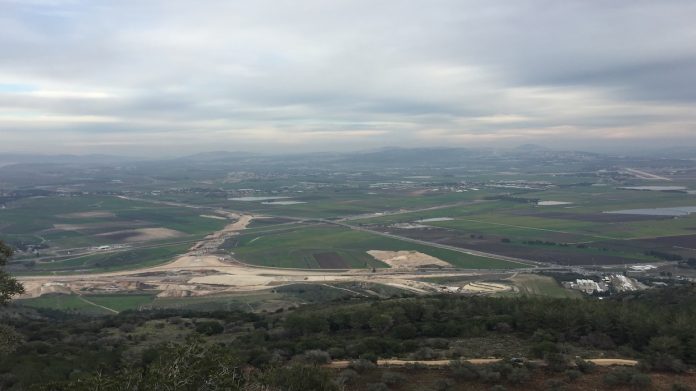There is a trope among basketball players that, when they make a very quick move that fakes out their opponent, “they have broken the guy’s ankles.” Not really. It’s hyperbole, an exaggeration that permits the man making the fake glory in his accomplishment. His fans all clap. The opponent is thereby shamed.
Old Testament war language often trades in hyperbole, and William Webb and Gordon Oeste have a two-chapter section on “total kill” hyperbole in Bloody, Brutal, and Barbaric?
Hyperbole:
This [how ANE kings strut their stuff after a victory] should alert us to the fact that ANE battle accounts could at times overstatethe severity of a defeat or gloss over an unsuccessful battle to paint the bestpossible portrait of the king.
It is in this process that figurative language or hyperbole could help a king put the best face on his military accomplishments without falsifying the essential gist of the events. Hyperbole is a common literary and rhetorical device that uses emotionally charged overstatement to persuade an audience of a particular point. As the following brief survey will show, ANE kings and scribes made use of several different forms of overstatement (or understatement in the case of a defeat or setback) to offer the brightest picture of their accomplishments.
How so? What are the common forms of this total kill hyperbole?
Number inflation
Speed of victory
Severity of battle or fear induced
Geographical extent of victory
Attribution of victory to the king himself (or God)
Read this account by an ANE conqueror:
I decisively defeated them. I annihilated them. I scattered their substantial auxiliary troops; and I broke up their troop contingents. I captured those who attempted to escape. I caused their blood to flow like waters of a river. The road with their corpses was visible to the eagles and vultures. I filled the mountains and wadis with their skulls like mountain stones. Birds made nests in their skulls.
Webb and Oeste conclude by putting this altogether like this:
ANE scribes could accentuate the speed at which victory took place (speed hyperbole) or the number of troops involved in a battle (numerical hyperbole) to emphasize a king’s military prowess. They could relate the complete annihilation of the enemy while later history shows that this was not the case or while even the same battle account acknowledges the presence of survivors (severity hyperbole). ANE battle reportage at times claimed the conquest or control of entire regions or people groups when other data (either within the battle report itself or other historical information) indicates that the victory was not as complete as described (extent hyperbole). Sometimes such war victories are ascribed solely to the king when he was clearly accompanied and aided by his army (attribution hyperbole).
Here’s the big takeaway for Bible readers with at least a sensitive conscience about this:
War-genre hyperbole complicates the reading of ancient battle reports for modern readers attempting to understand ancient accounts, but awareness of these techniques becomes a hermeneutical key for correctly reading descriptions of warfare in the Old Testament.
Source: Christianity Today
All Content & Images are provided by the acknowledged source
